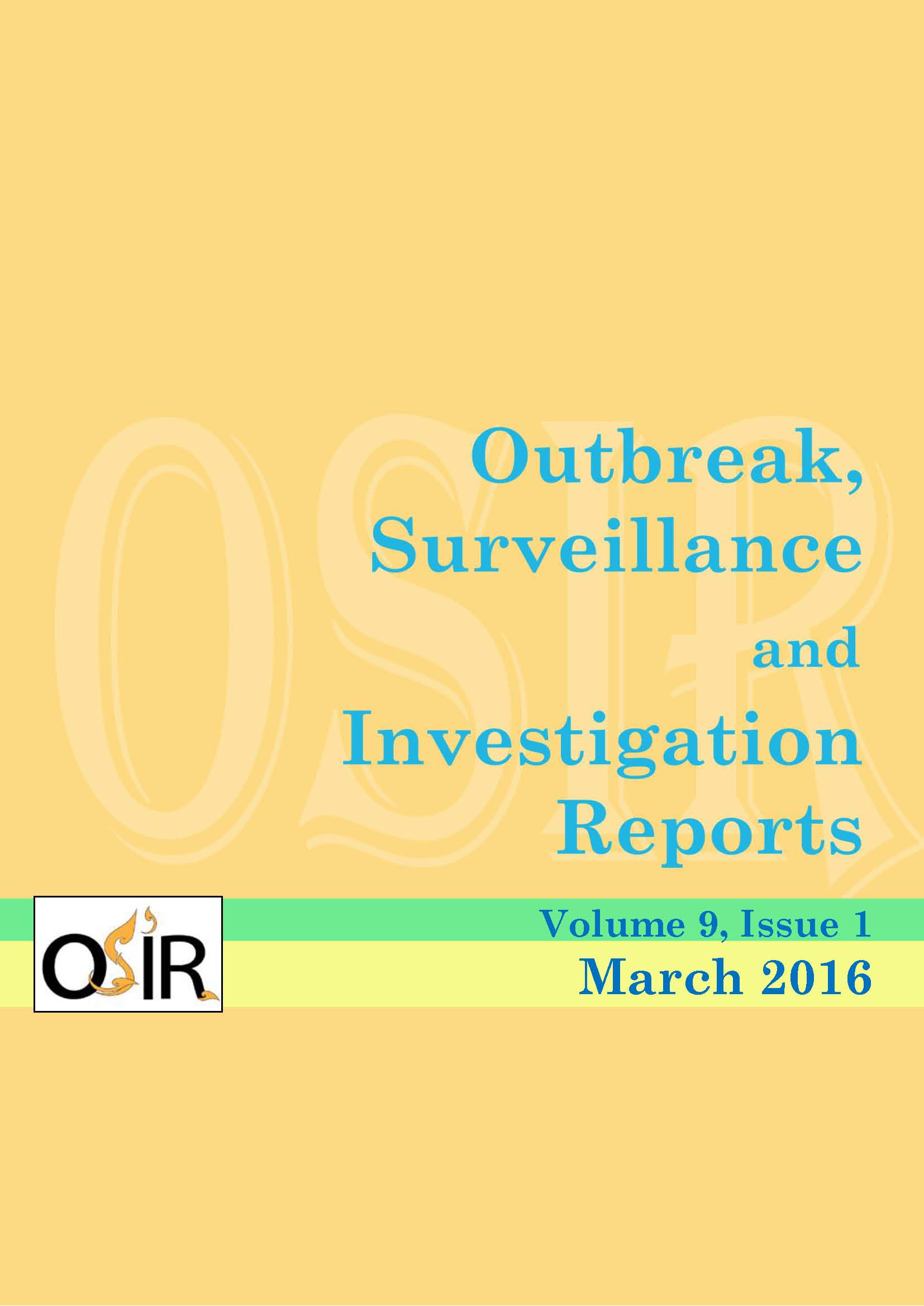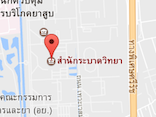Malaria Pre-elimination Assessment in Eastern Indonesia
Main Article Content
Abstract
About 4.8 million Indonesians were infected with malaria in 2013 while the infections were mostly in Eastern Indonesia. Indonesia Ministry of Health announced that malaria pre-elimination stage should be reached by 2015-2020 and free of malaria transmission by 2030 in Eastern Indonesia. Although detailed maps of epidemiological distribution, prevalence and risk factors for malaria were needed, there was limited access to routine surveillance data such as annual parasitic incidence and surveillance report. Hence, this study aimed to assess the epidemiological situation of this area. Total 555 people who aged 14 years and above, and lived in one of five districts in Eastern Indonesia were enrolled in this study. About 32.6% (181/555) were tested positive for malaria by nested polymerase chain reaction, with Plasmodium vivax as the dominant species. Not using bed nets was the most significant risk factors. Spatial analysis indicated three distinguished clusters (180, 229 and 88 cases). Hence, malaria pre-elimination program in Eastern Indonesia should be postponed as the situation did not meet the criteria yet. Routine treatment to stop silent transmission, scaling up control measures and improving laboratory surveillance were needed before pre-elimination.
Keywords: epidemiology, malaria pre-elimination program, Eastern Indonesia
Keywords: epidemiology, malaria pre-elimination program, Eastern Indonesia
Article (English)
Article (Indonesia)
Article Details
How to Cite
JONTARI, Hutagalung et al.
Malaria Pre-elimination Assessment in Eastern Indonesia.
OSIR Journal, [S.l.], v. 9, n. 1, p. 1-7, nov. 2016.
ISSN 2651-1061.
Available at: <http://osirjournal.net/index.php/osir/article/view/15>. Date accessed: 03 july 2024.
Section
Articles


